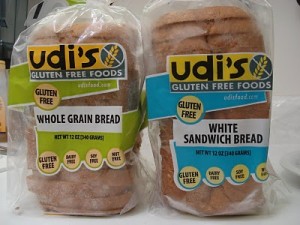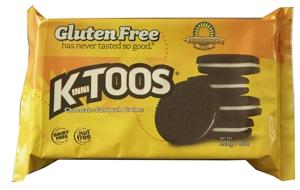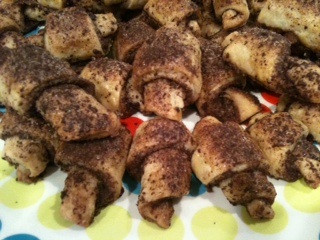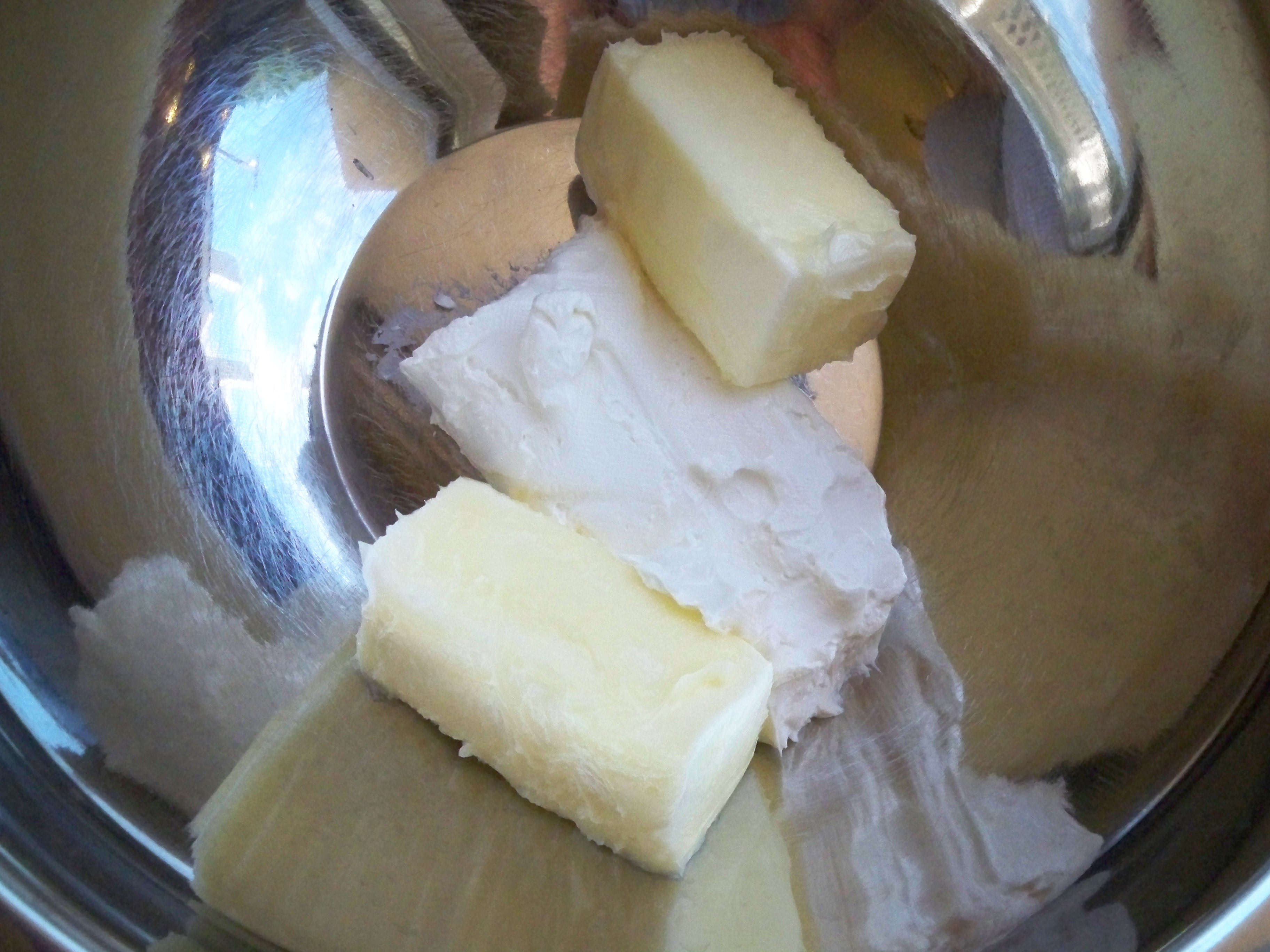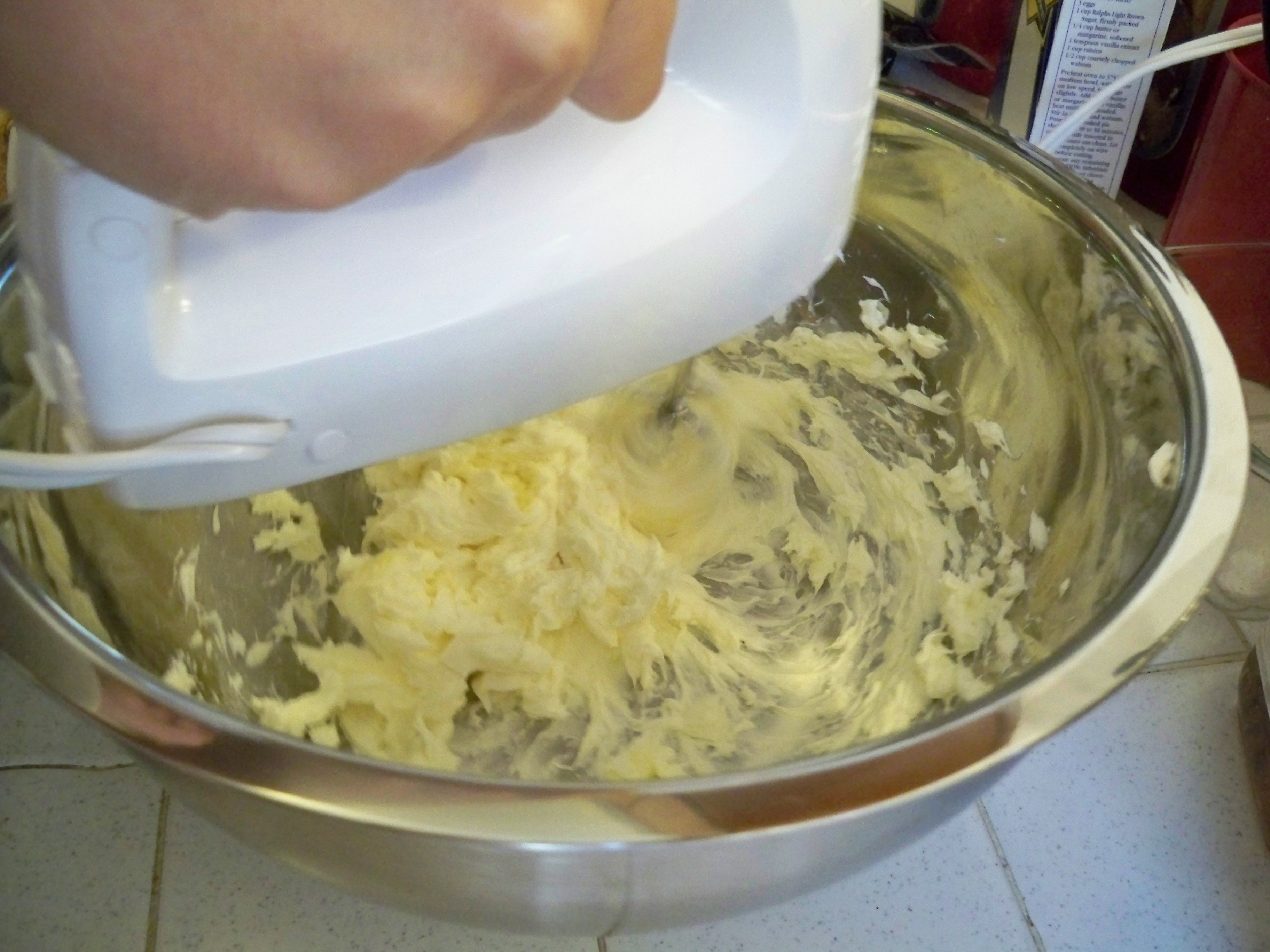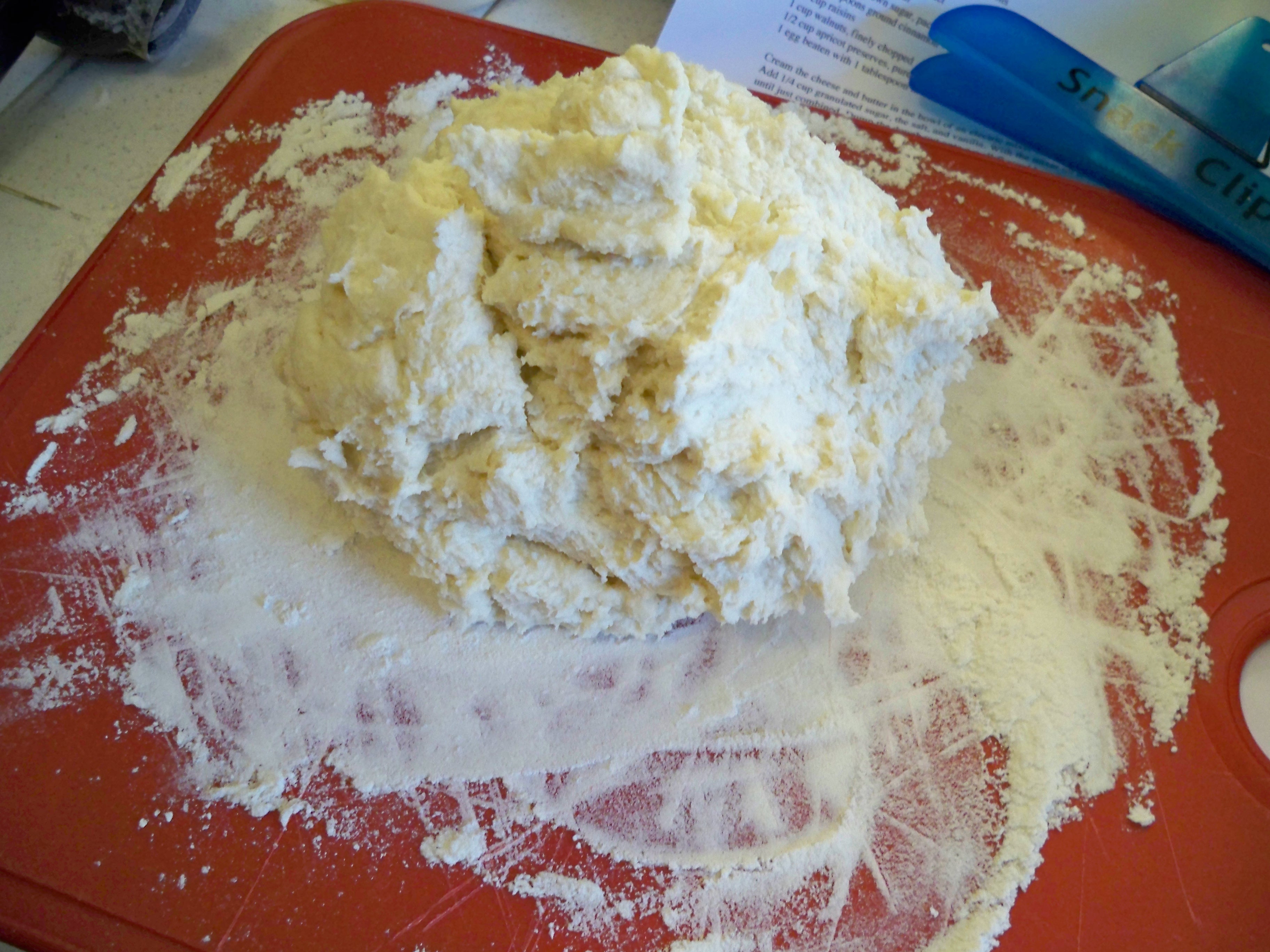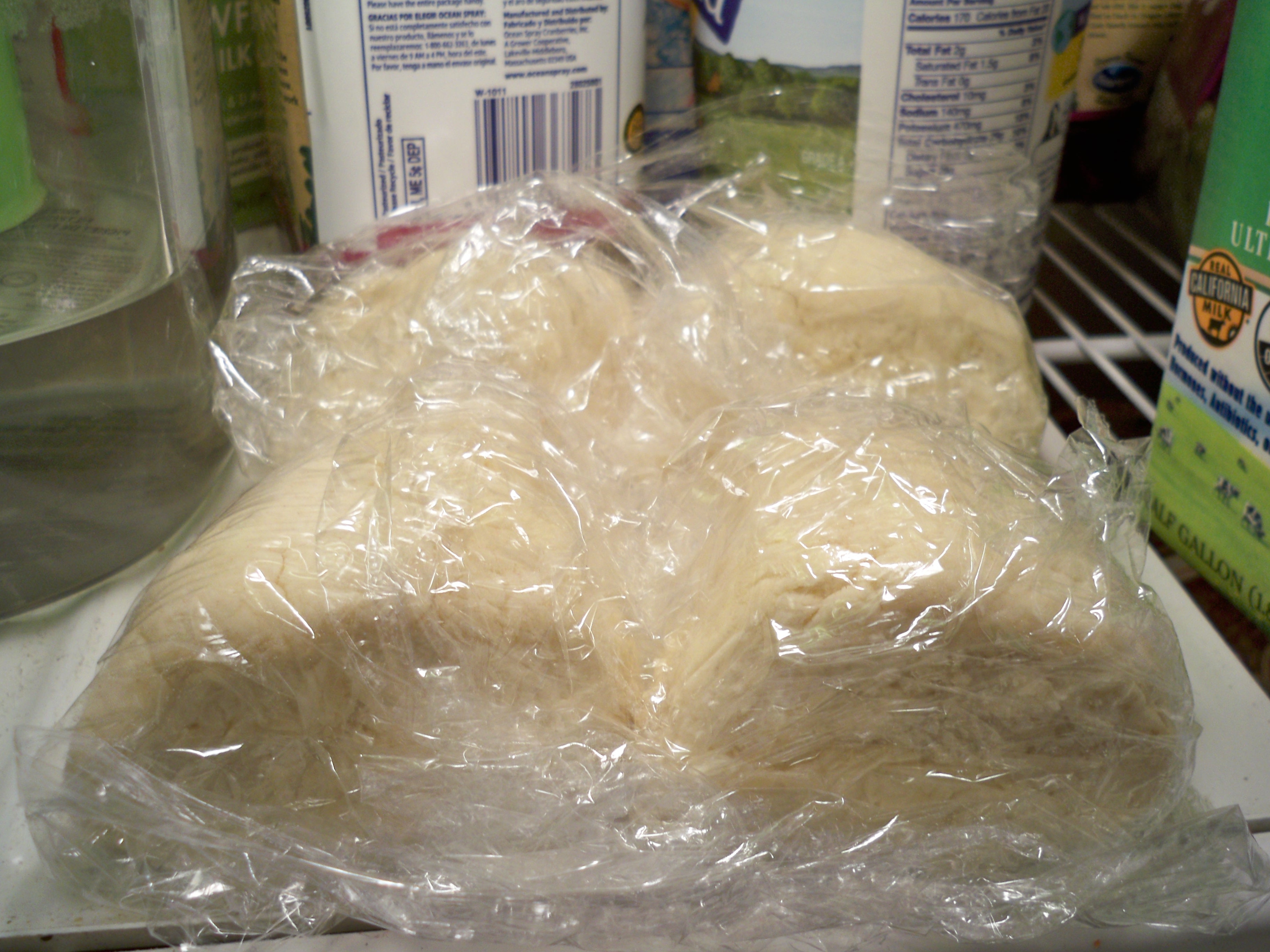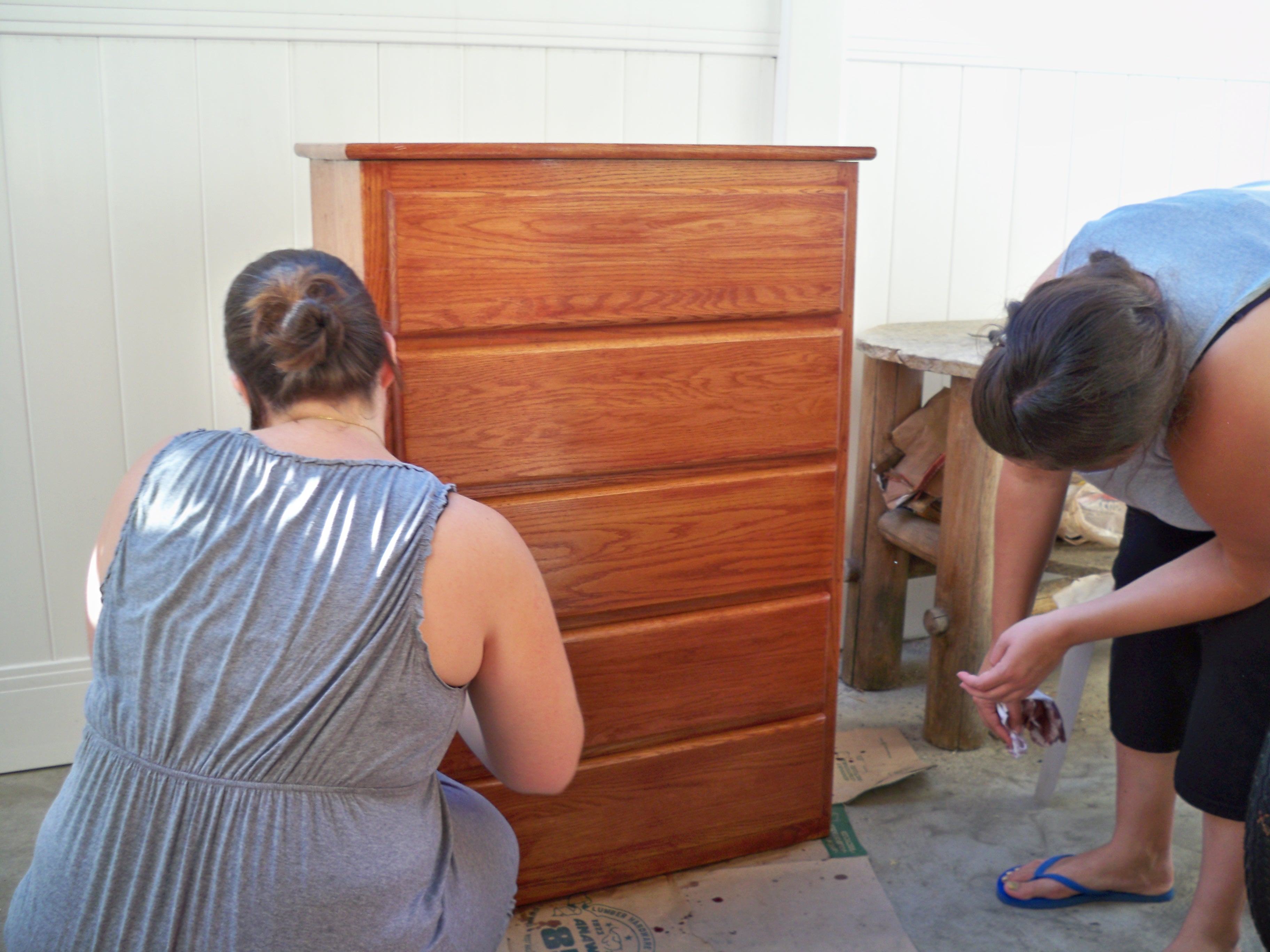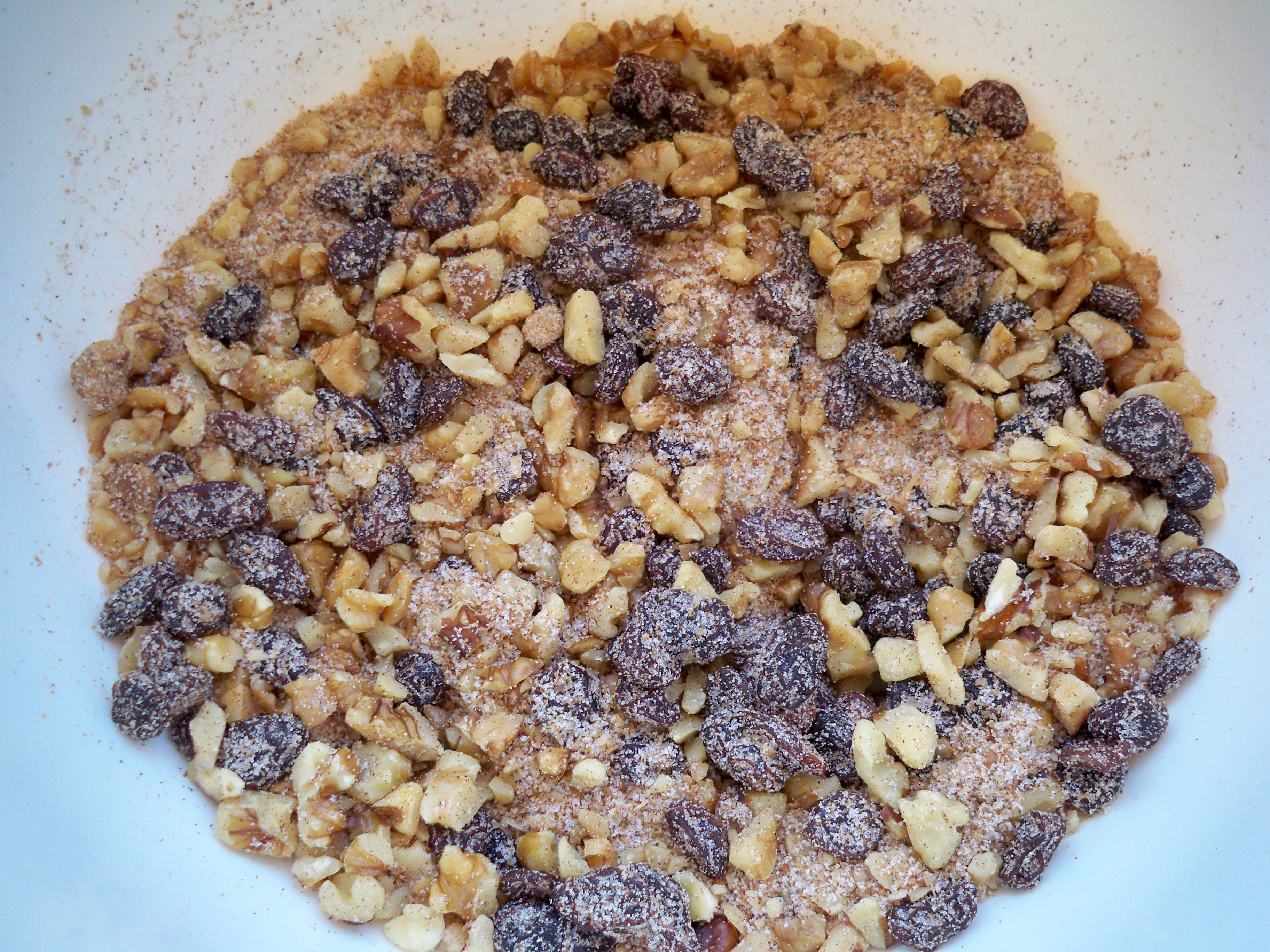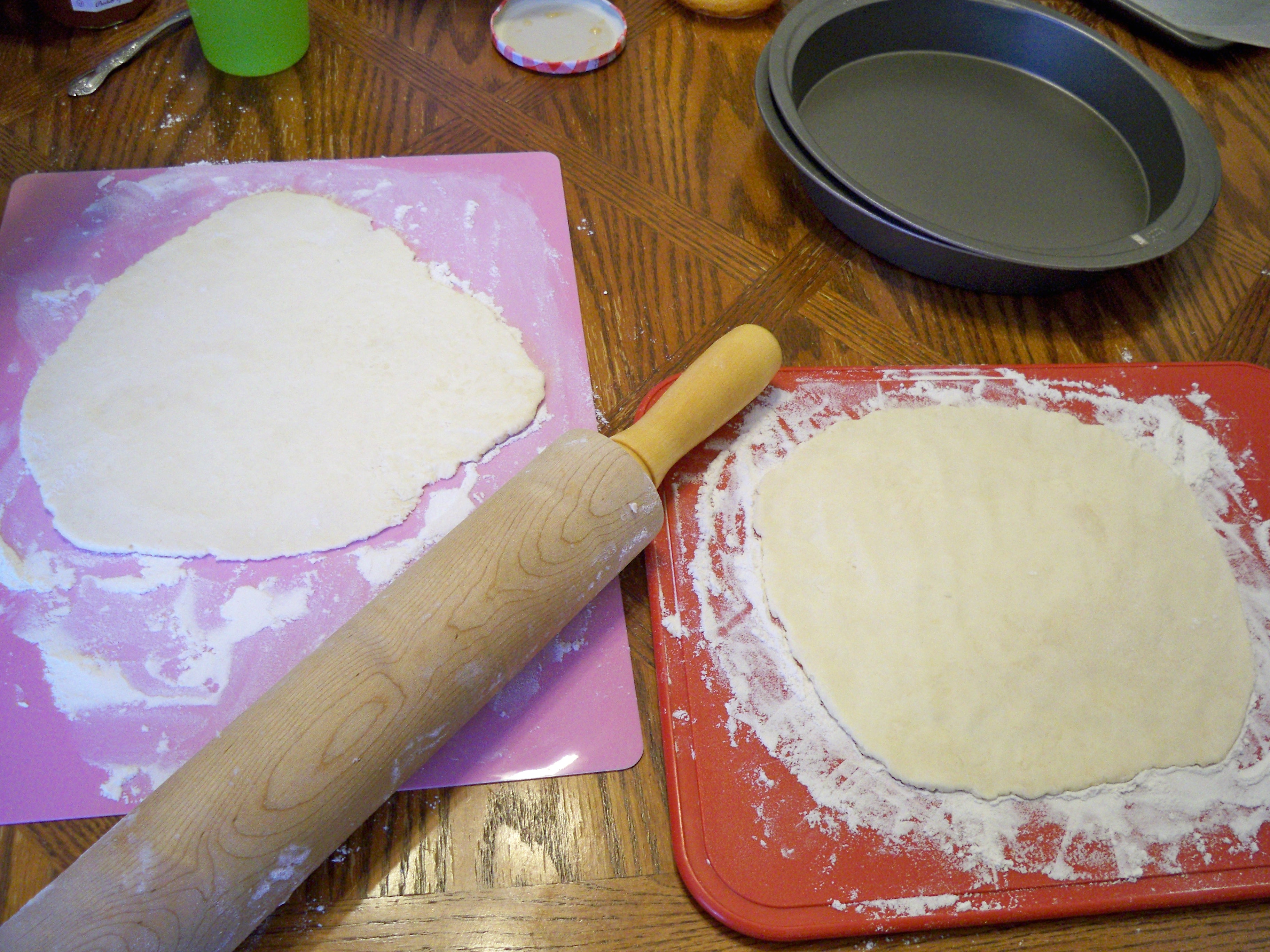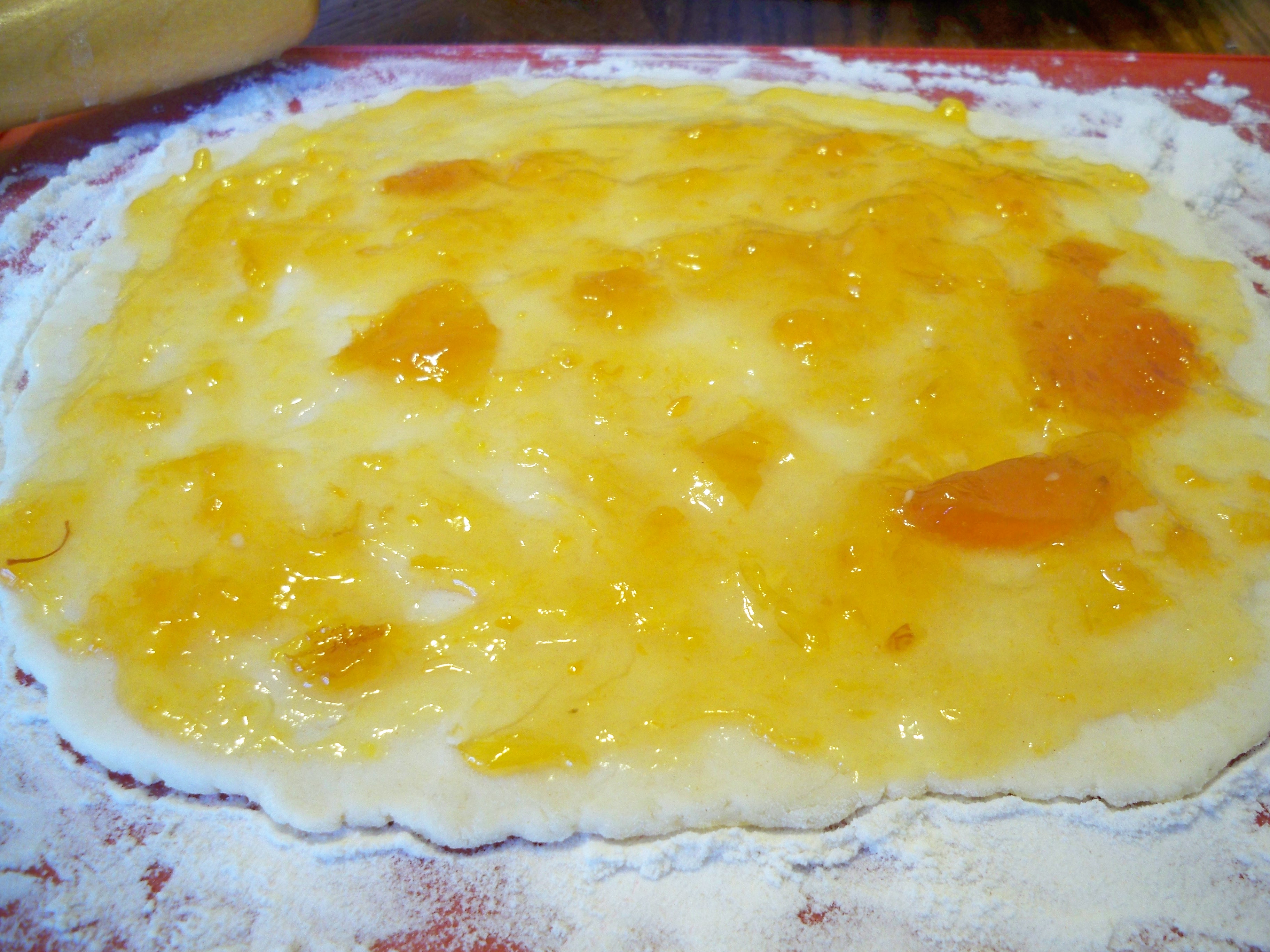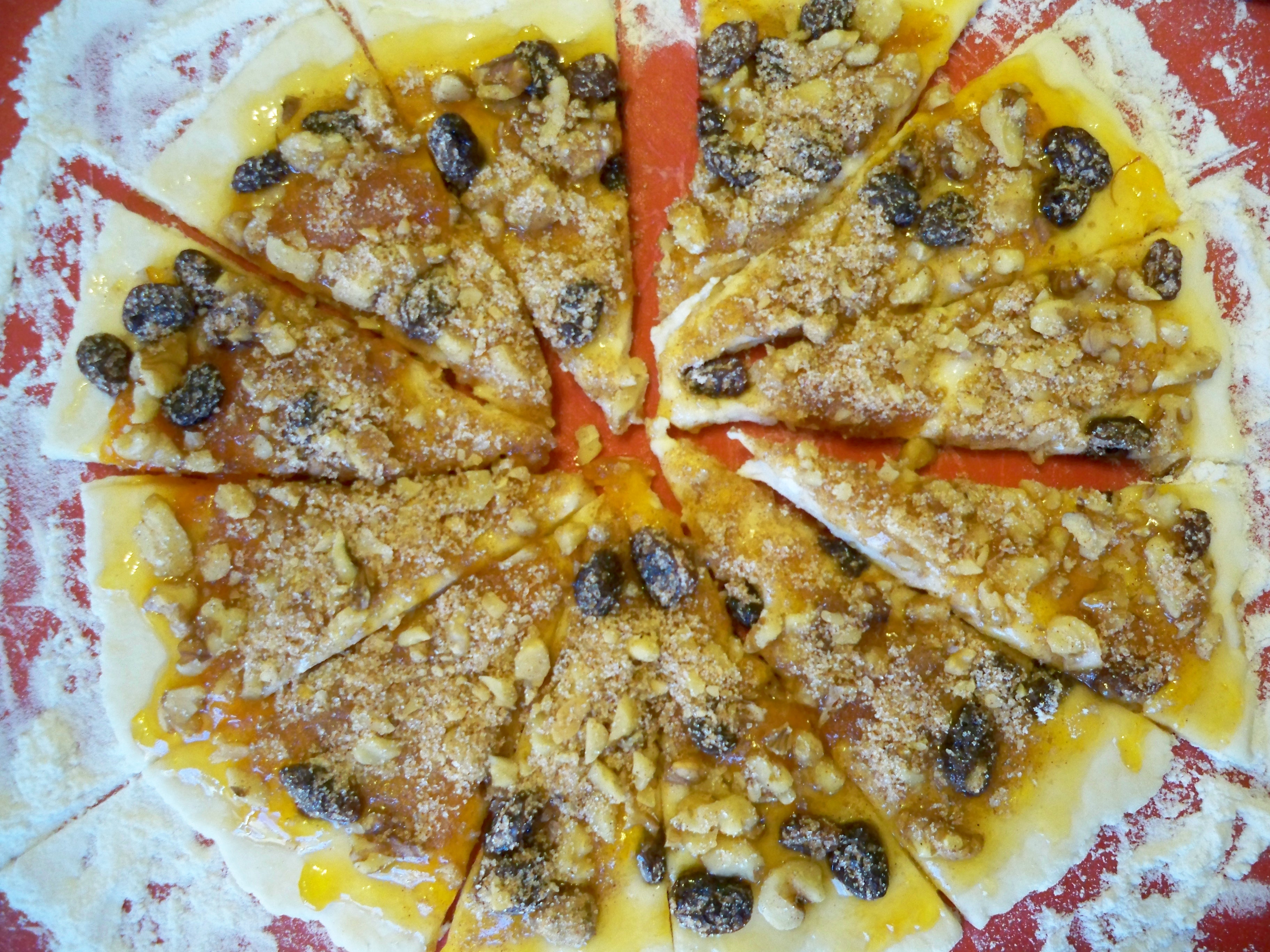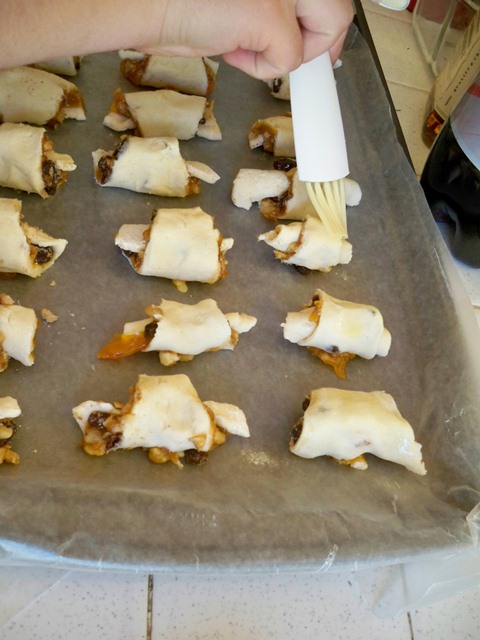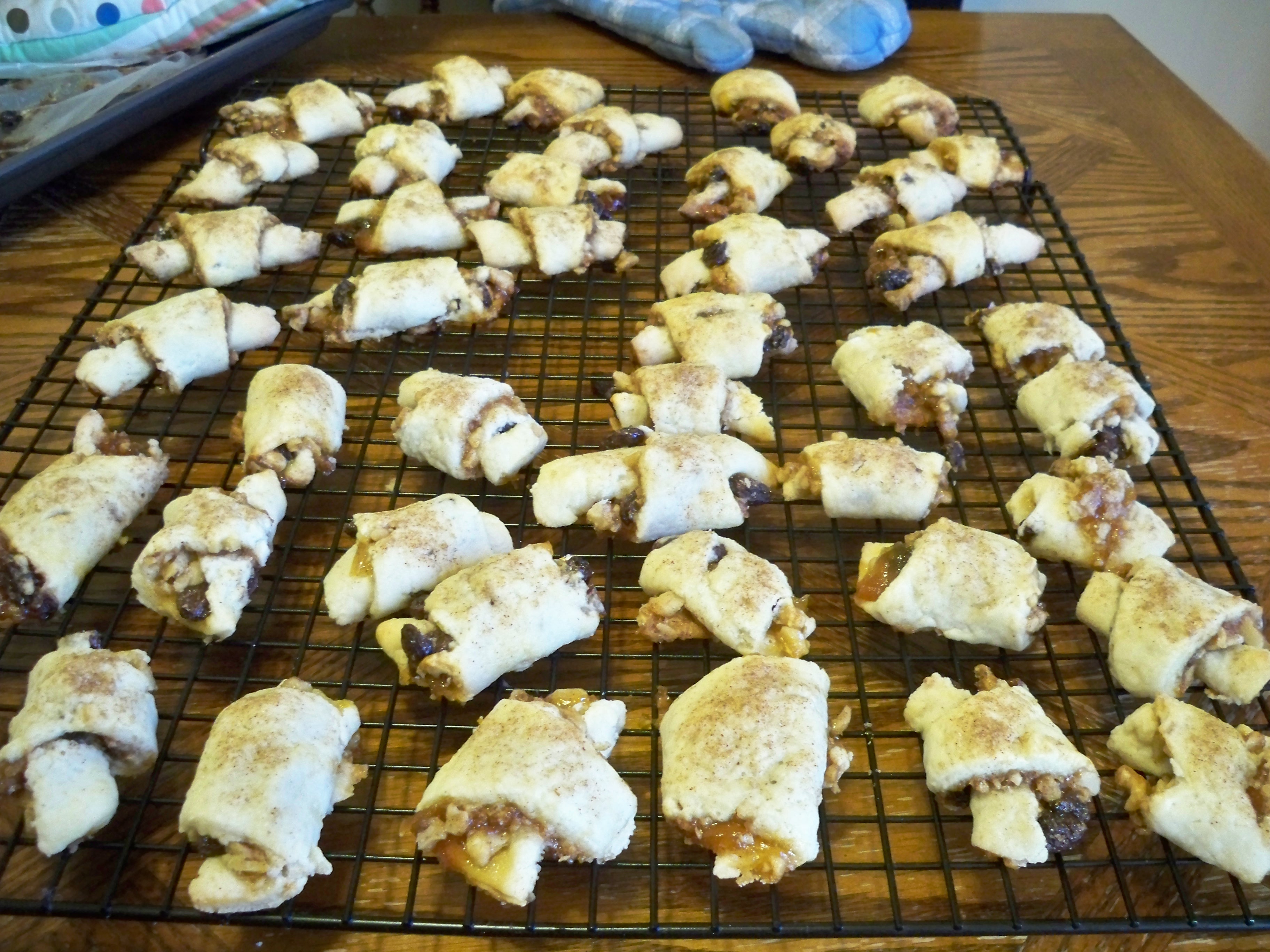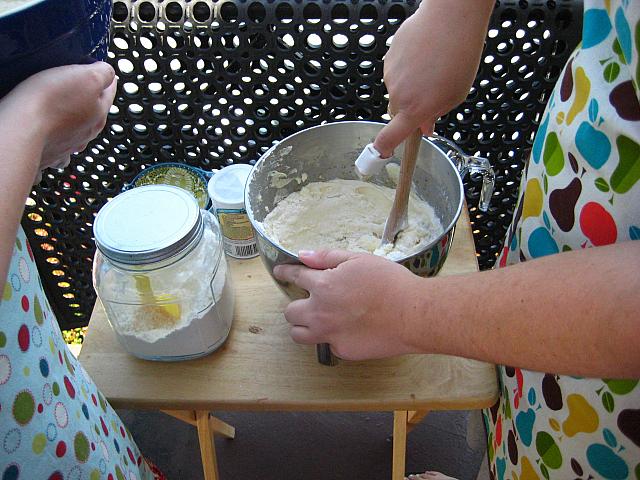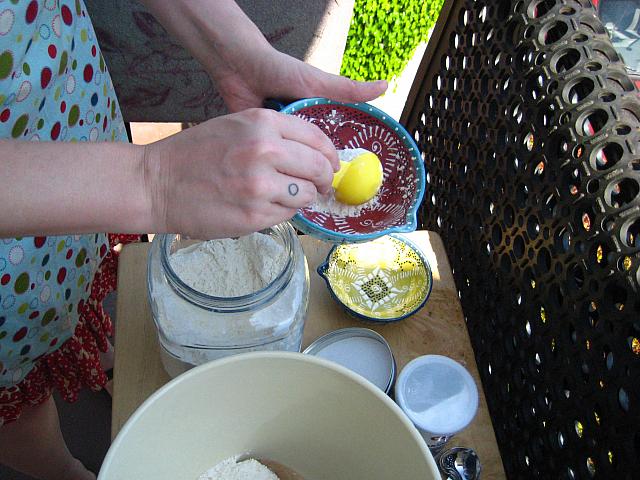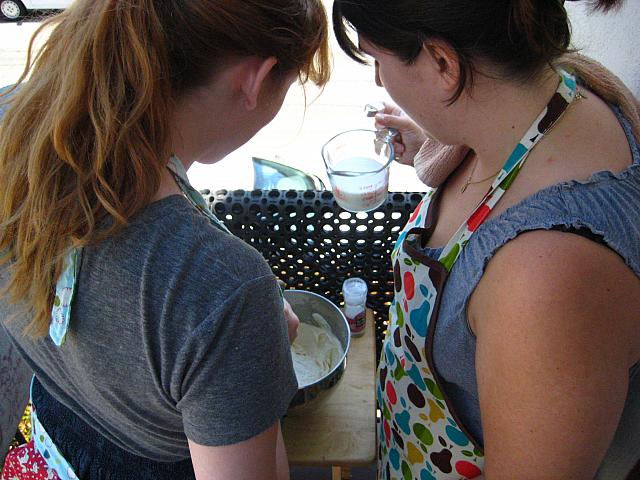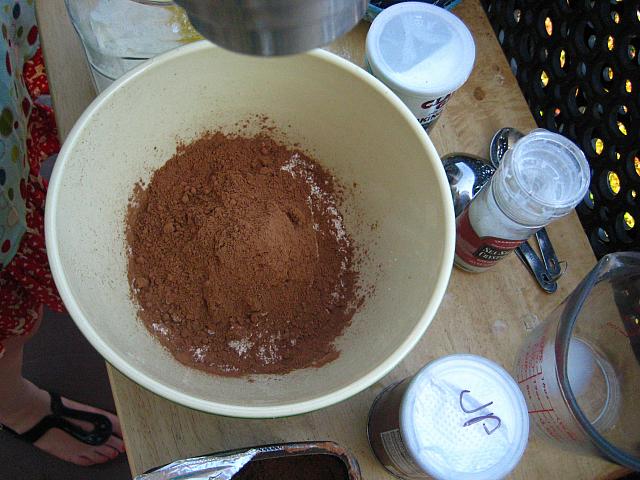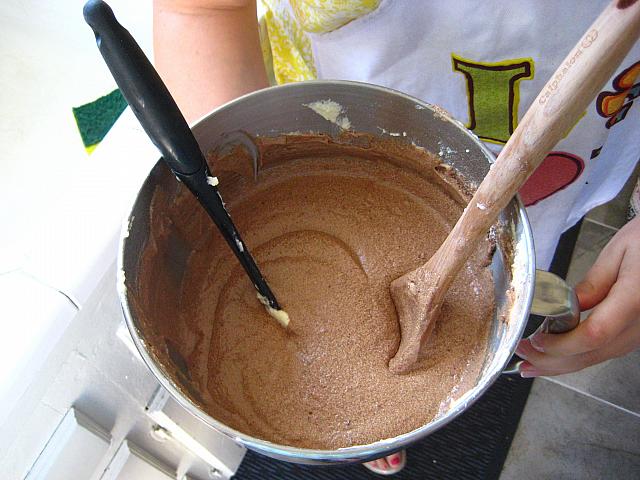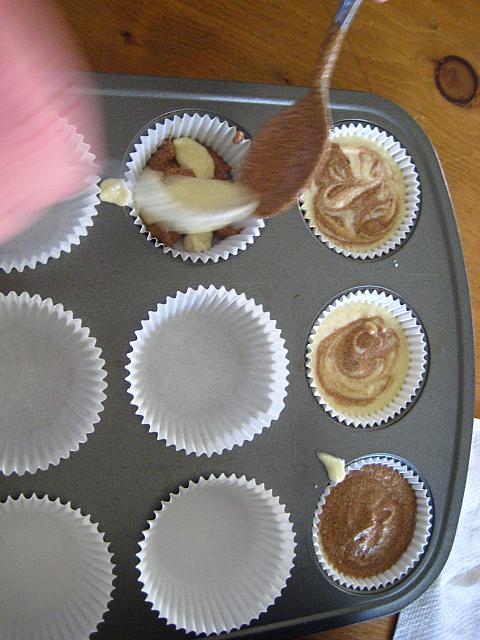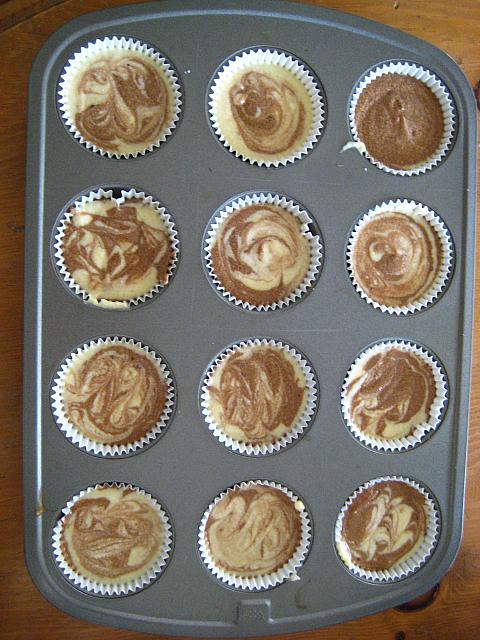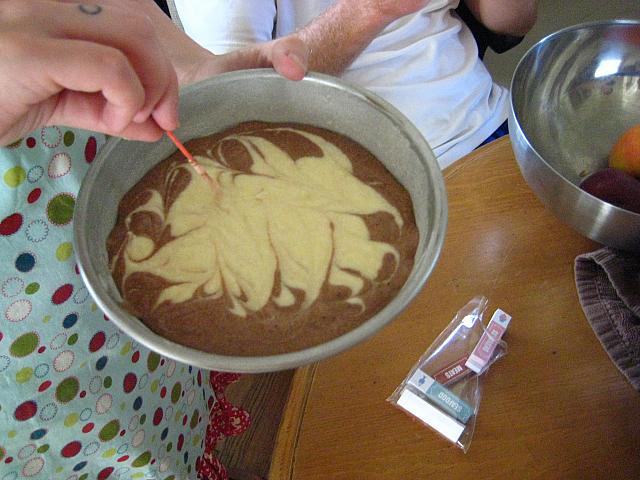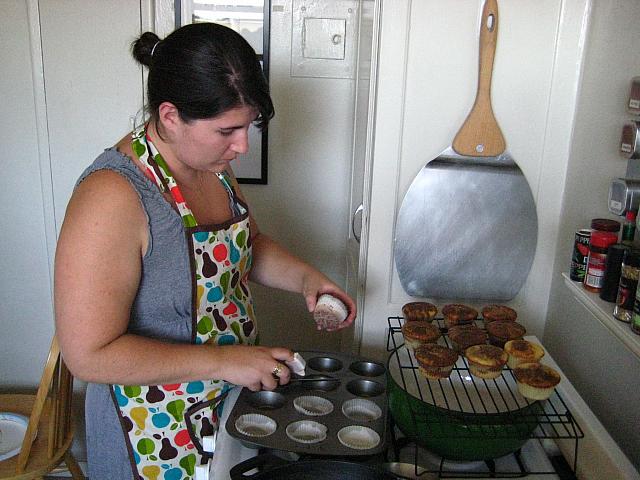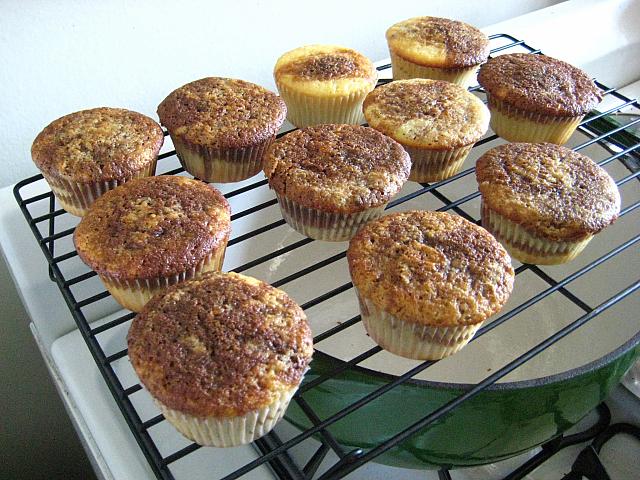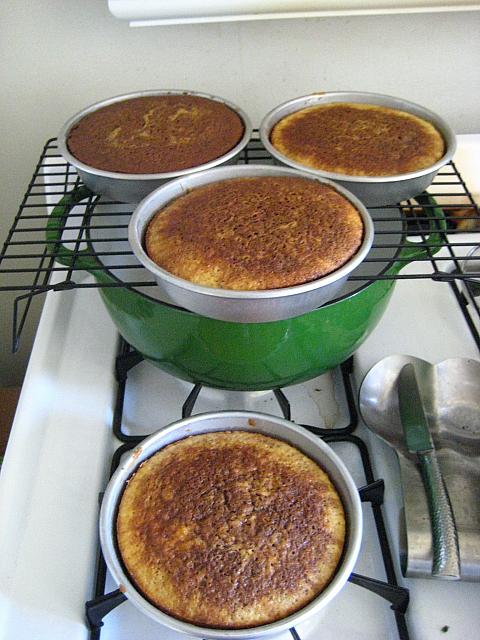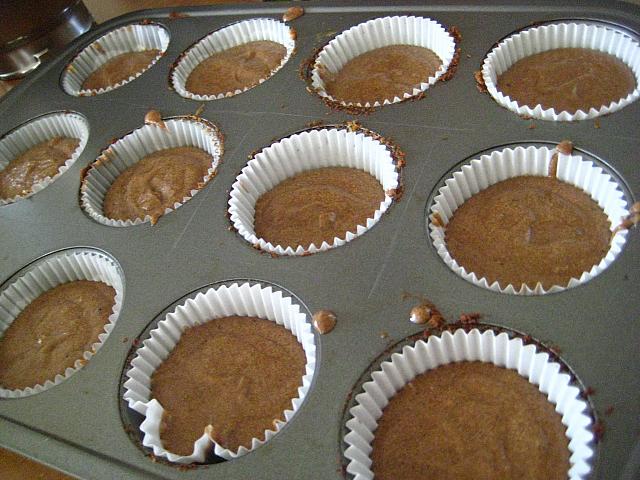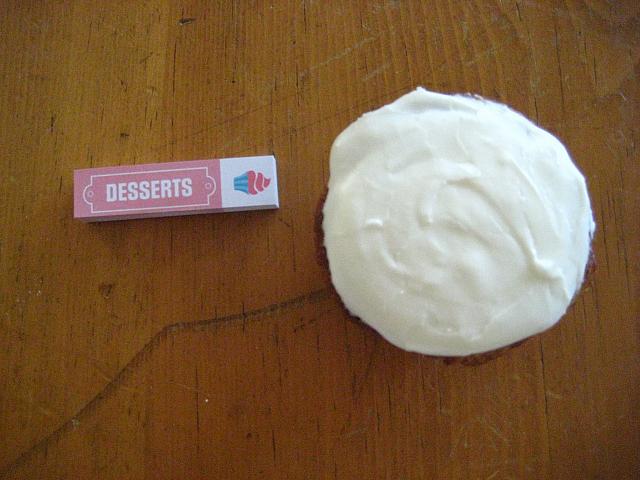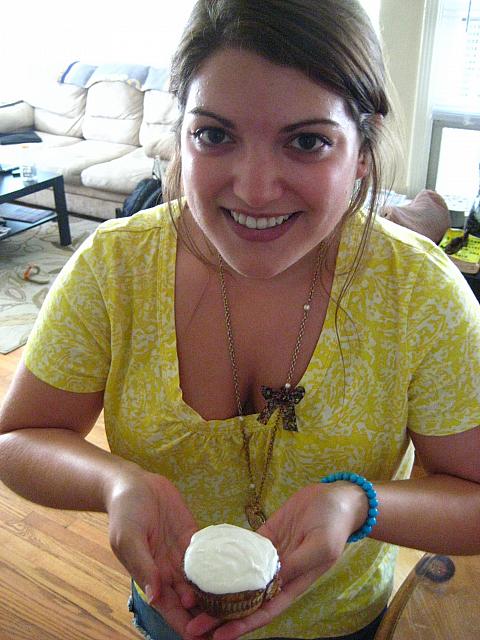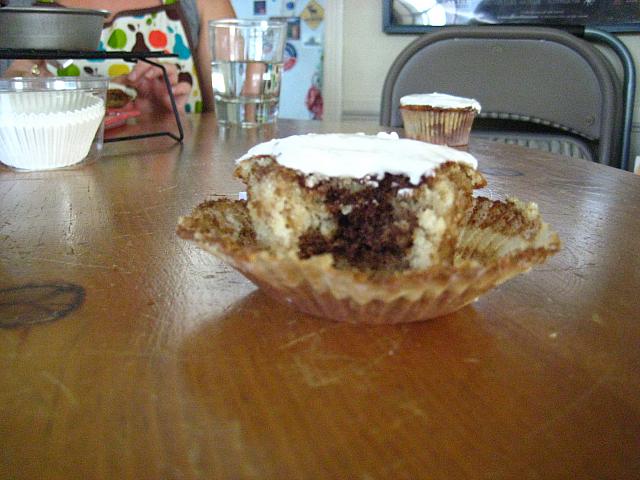When Melissa and I decided to can, we were ready. We read a million books, we had a canning set from Ms. Sierra, and we had a giant pot from Corelyn and I when we decided to brine a turkey. We bought jars. We bought lids. We bought pectin. We bought the canning rack.
On Sunday, we raced to the farmers’ market to get the fruit and veggies we needed. We re-read the the recipes. Melissa ventured out for more vinegar, some peppercorns. Now, now we were ready. We re-read again. We wrote the recipes down. We did the math, halving them.
In the end, we still hit some bumps. We forgot to stir the bubbles out of the pickles and had to quickly pull them out and do that. Melissa wanted to tighten the bands too tight and I had to steer her clear. We forget the lemon juice for the preserves and remembered to add it in the nick of time, although we couldn’t strain it because we didn’t have a gluten-free mesh colander. But all of our jars sealed, so I think despite our bumps we did alright for our first time!
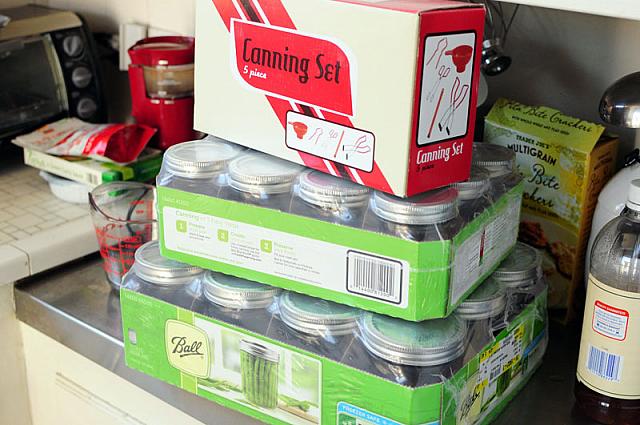
Canning supplies. Two sizes of jars, and the canning set.
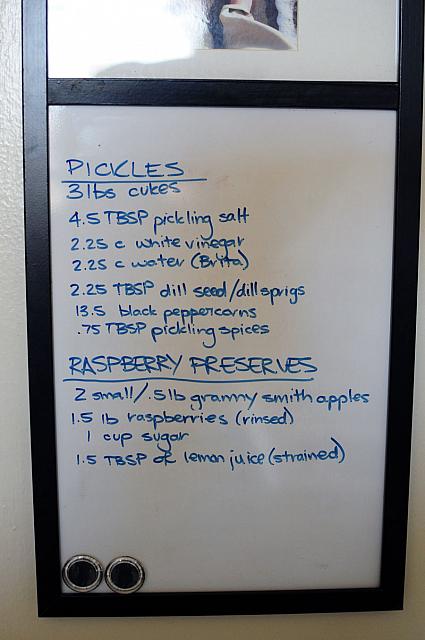
Our recipes, halved from the originals.
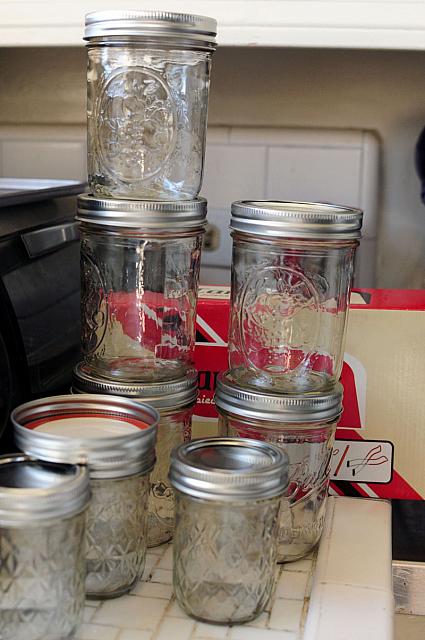
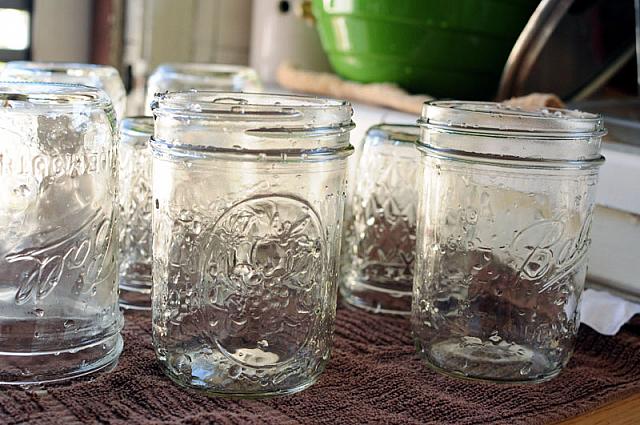
Jars washed and ready.
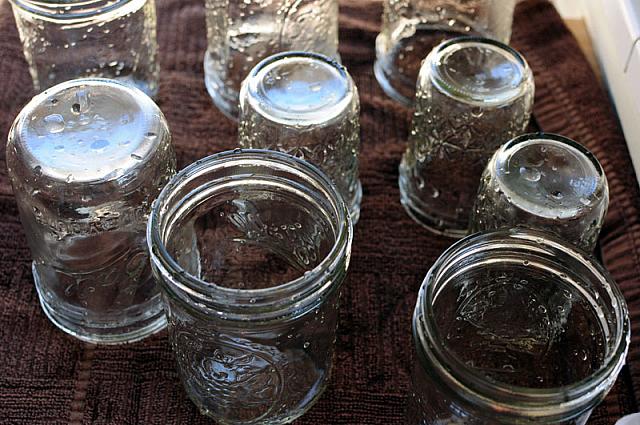
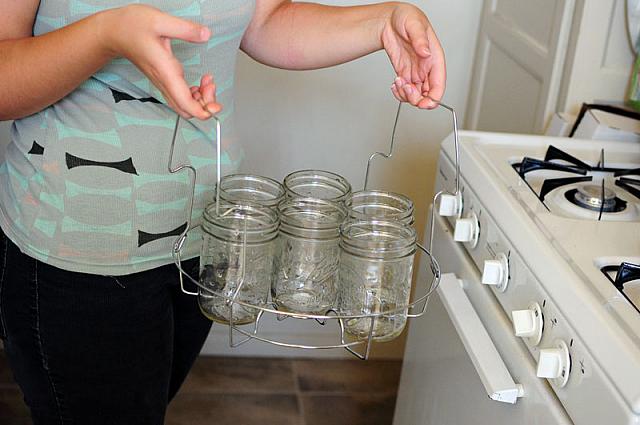
Now we put the jars into the water bath to sterilize. This was especially important for the preserves, which are only in the water bath for five minutes.
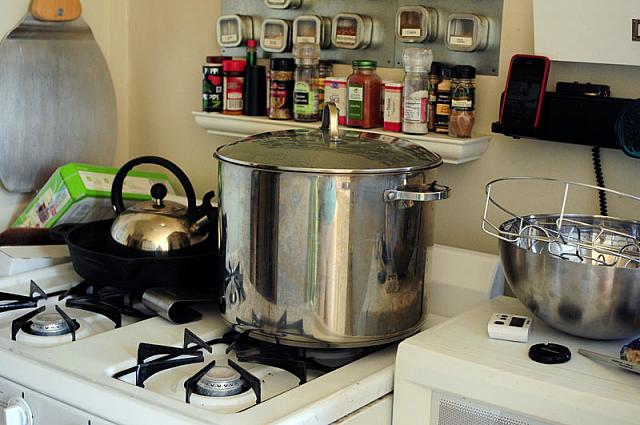
The pot. The biggest pot, ever. Good thing we decided to brine that turkey…
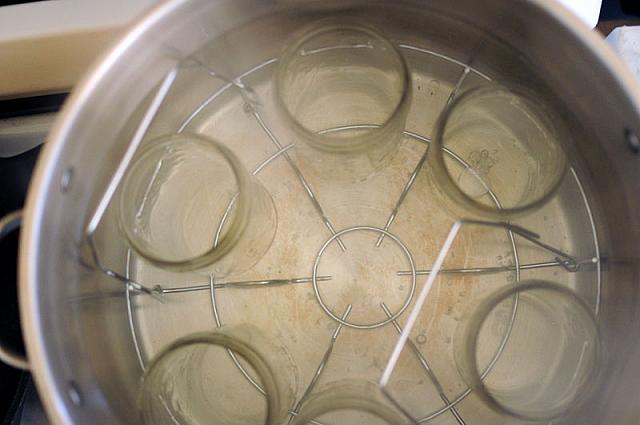
In the water bath to sterilize for ten minutes!
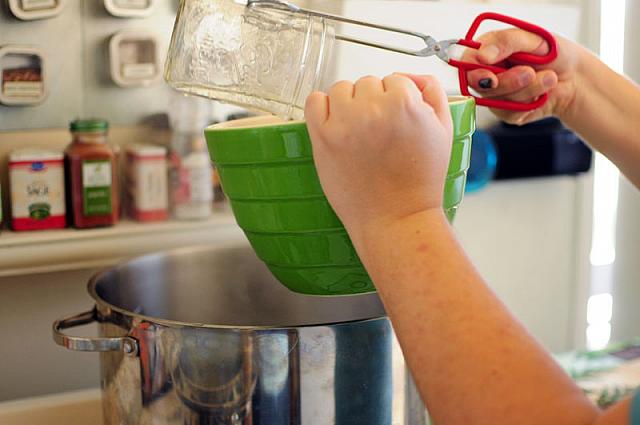
Time to come out. First, you use some of the hot water to cover the lids in a bowl, so the glue on the lids gets soft.
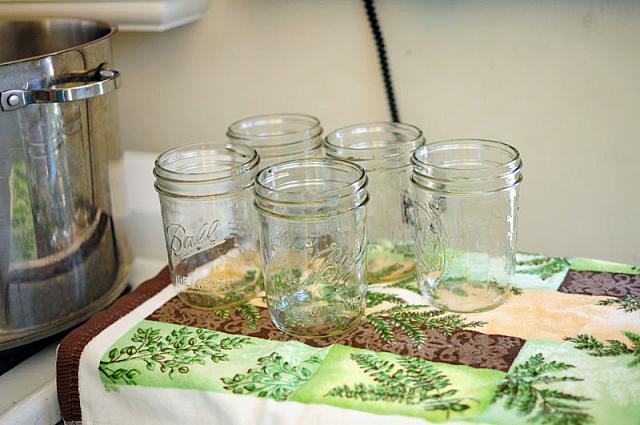
All clean!
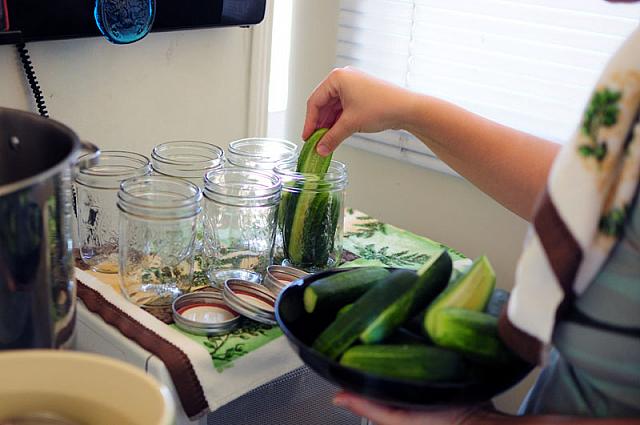
Now you’re going to fill your jars with your business. For pickles, you put in the cucumbers, some peppercorns, some garlic, and some dill.

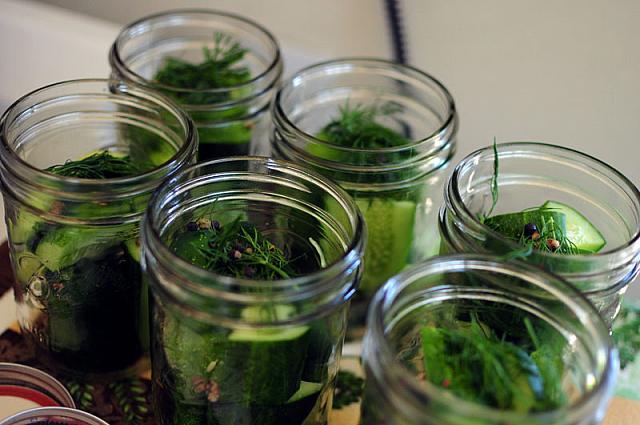
Then you’re going to fill them with the vinegar solution, and then onto the water bath!
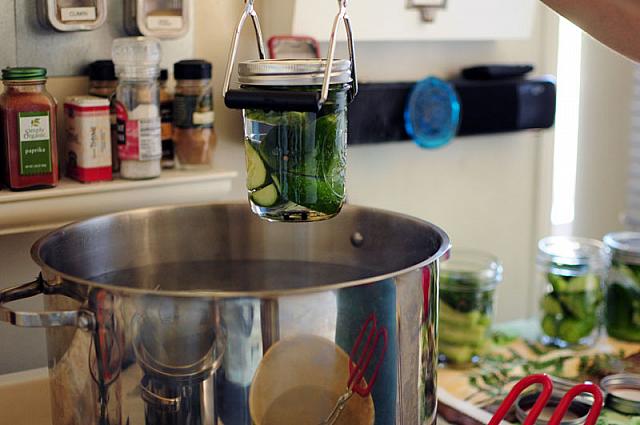
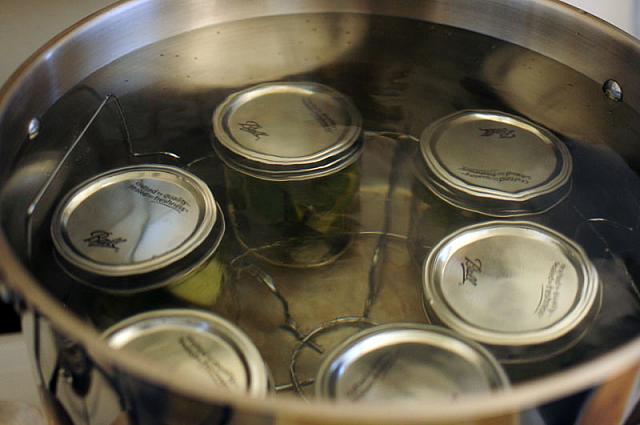
These were boiling for about 10 minutes…

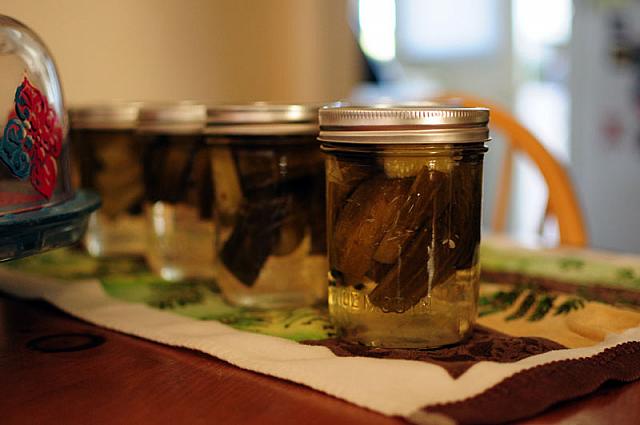
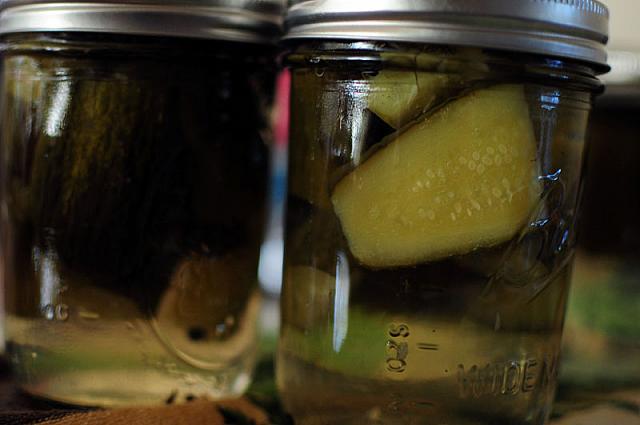
Final pickles, hanging out, cooling.
Now, onto the preserves!
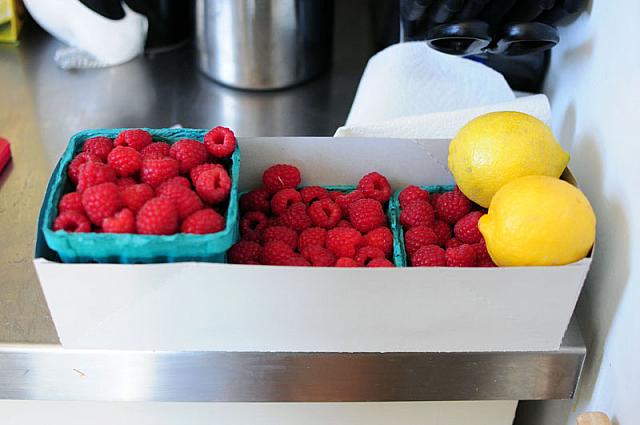
Here are our raspberries. All these raspberries made two jars of jelly! That’s about 25 ounces of raspberries.
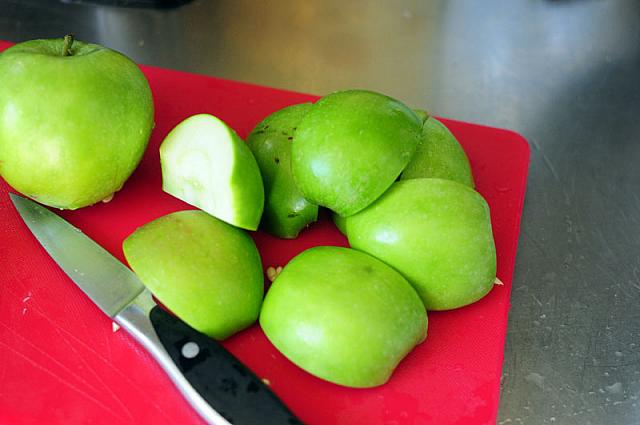
We borrowed this apple’s pectin, so we didn’t have to use the kind that comes in a box.
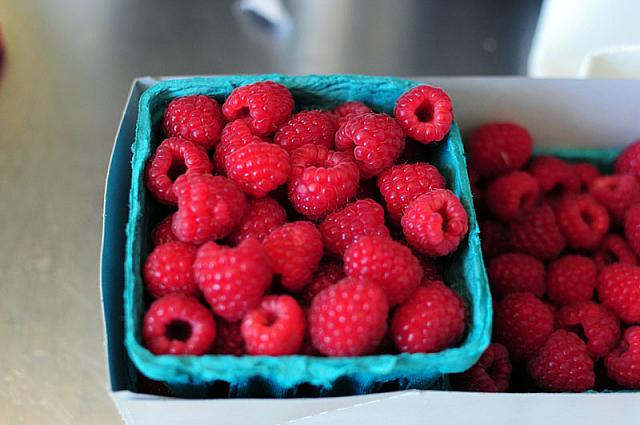
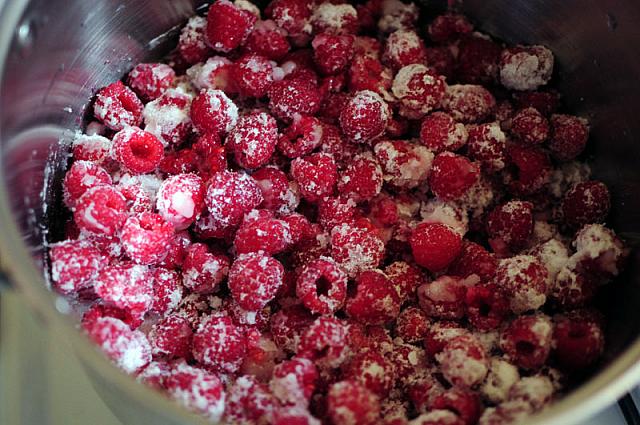
We combined our sugar and our raspberries, then put them over medium heat.
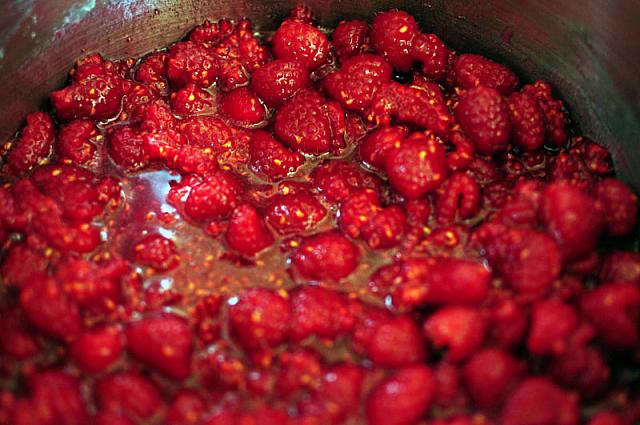
Pretty soon it looked like this…
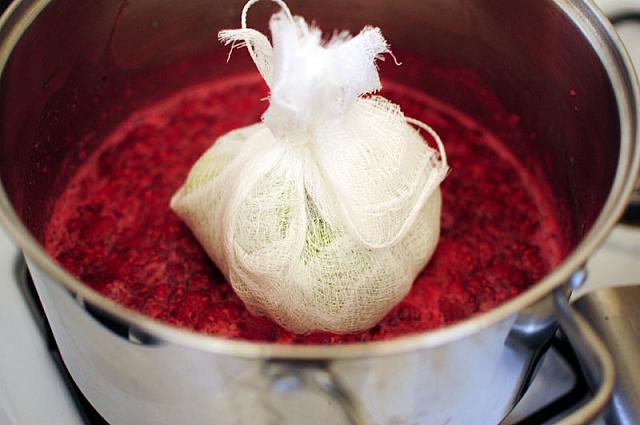
And here is our apple bag, to allow the pectin into the raspberry…

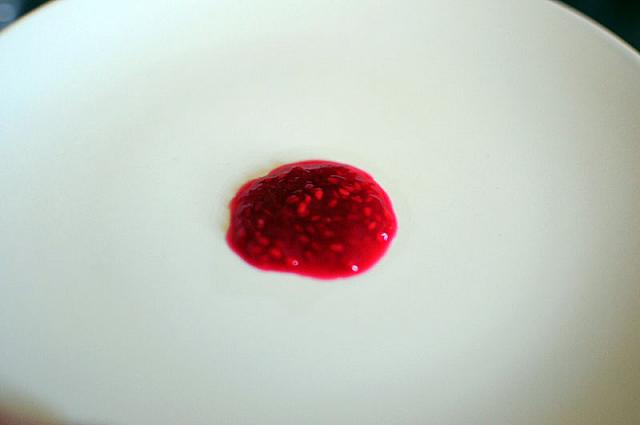
So then you take a plate, stick in in the freezer, and after the apple bag sits in your raspberry mush for about 10 minutes, you put a bit on the freezer-plate, then stick it back in the freezer. After one minute, you see how firm your jelly has become. Ours wasn’t quite ready.
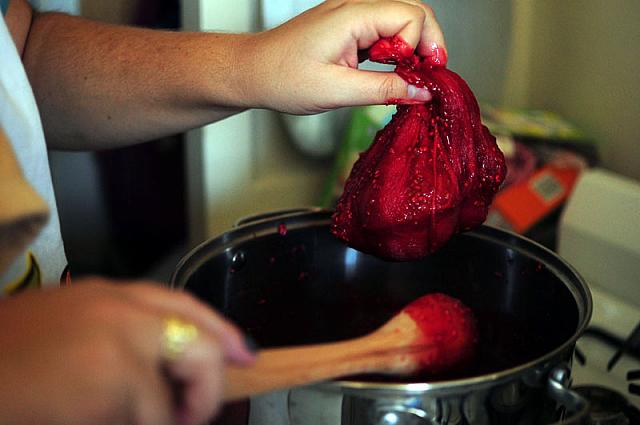
When the jelly was ready, it was time for the apple bag to come out. Our author gave us tons of information on what to do with the apples, but we had to toss them. Not enough time, not enough time!
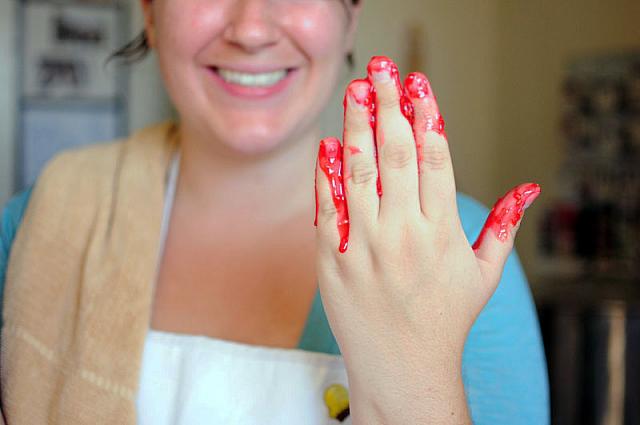

Looked pretty gross with my still-black finger nail. Thought you’d like that!

Time to scrap into jars!
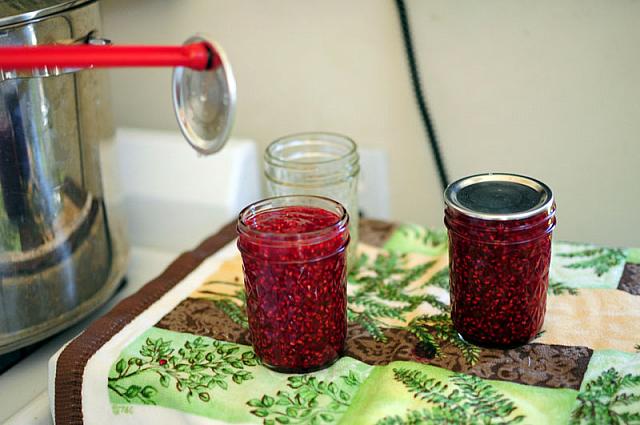
I used my handy jar magnet to put the jar lids on.
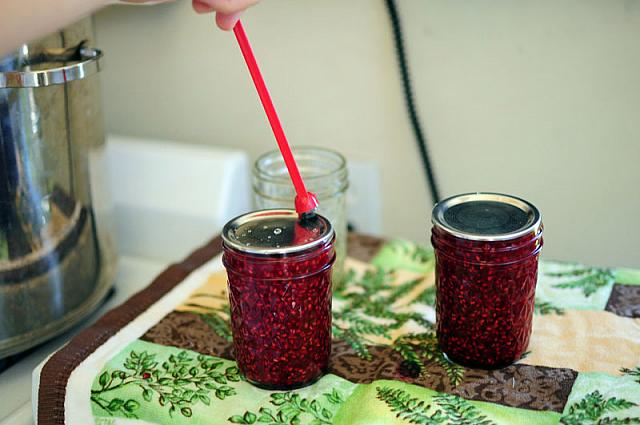
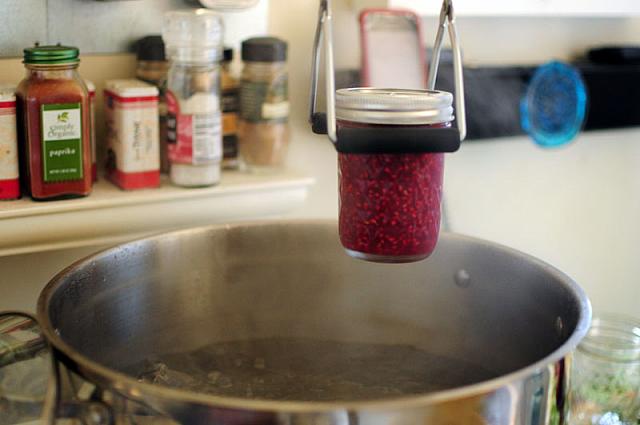
Then back into the pot! The preserves only need five minutes.
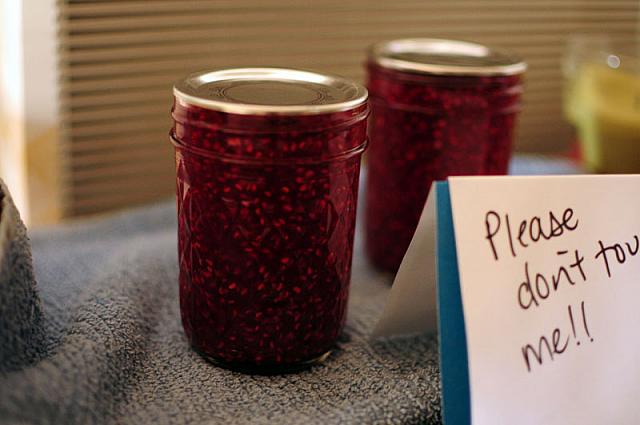
This is where they sat for twelve hours, undisturbed.
So there you have it! Canning made easy by GMS. We used Ashley English’s canning advice, as well as Liana Krissoff’s advice.
And, you know, tons of other books. Check out your local library and see what they have — I bet you’ll be surprised!

